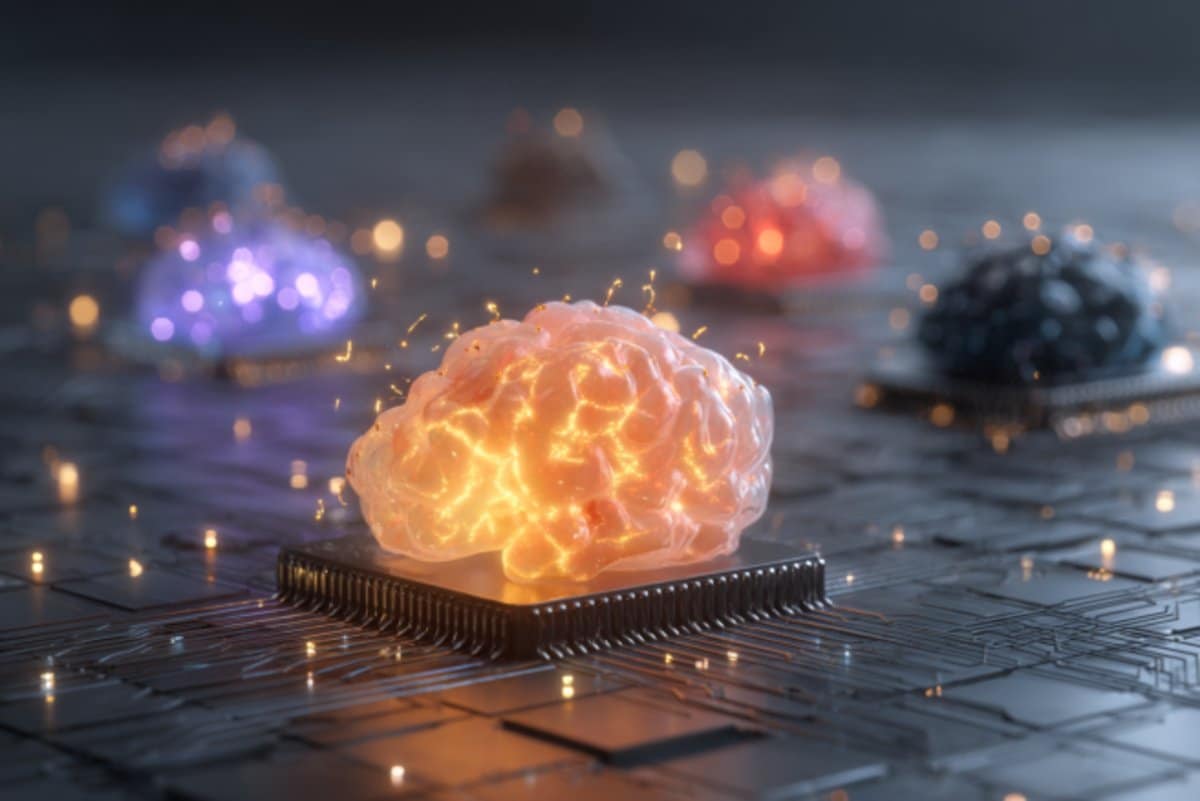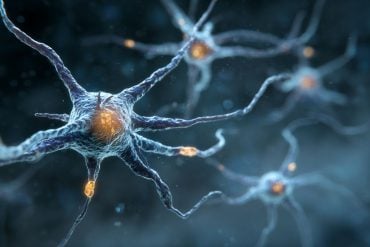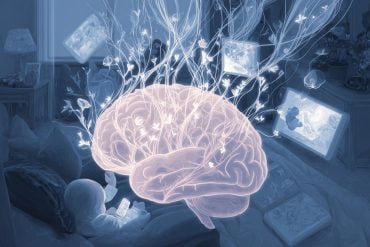Summary: For the first time, lab-grown mini brains have revealed how neurons misfire in schizophrenia and bipolar disorder. Using machine learning to analyze electrical activity, researchers identified distinct firing patterns that served as biomarkers, distinguishing patient-derived organoids from healthy ones with over 90% accuracy.
Subtle electrical stimulation improved detection, exposing intricate neuro-signatures of each condition. This breakthrough could reduce trial-and-error in psychiatric care by providing new diagnostic tools and drug-testing platforms.
Key Facts
- Distinct Biomarkers: Organoids showed unique neural firing signatures for schizophrenia and bipolar disorder.
- High Accuracy: Machine learning classified organoids with up to 92% accuracy after stimulation.
- Clinical Promise: Findings may lead to better diagnostics and personalized drug testing.
Source: Johns Hopkins University
Pea-sized brains grown in a lab have for the first time revealed the unique way neurons might misfire due to schizophrenia and bipolar disorder, psychiatric ailments that affect millions of people worldwide but are difficult to diagnose because of the lack of understanding of their molecular basis.
The findings may eventually help doctors reduce human error when addressing those and other mental health disorders that currently can only be diagnosed with clinical judgement and treated with trial-and-error medication approaches.

Details about the insights appear today in APL Bioengineering.
“Schizophrenia and bipolar disorder are very hard to diagnose because no particular part of the brain goes off. No specific enzymes are going off like in Parkinson’s, another neurological disease where doctors can diagnose and treat based on dopamine levels even though it still doesn’t have a proper cure,” said Annie Kathuria, a Johns Hopkins University biomedical engineer who led the research.
“Our hope is that in the future we can not only confirm a patient is schizophrenic or bipolar from brain organoids, but that we can also start testing drugs on the organoids to find out what drug concentrations might help them get to a healthy state.”
Kathuria’s team engineered the organoids—simplified versions of a real organ—by converting blood and skin cells from schizophrenic, bipolar, and healthy patients into stem cells with the ability to produce various types of organ-like tissue.
Using new machine learning algorithms that classify the electric activity of the mini-brain’s cells, they identified neural firing patterns associated with healthy and unhealthy conditions. In real brains, neurons communicate with one another by firing tiny electrical impulses.
Distinct features of the organoids’ brain-like activity served as biomarkers of schizophrenia and bipolar disorder, helping the team spot which organoids came from patients with those conditions with an accuracy of 83%.
That number improved to 92% after the brain-like tissue received subtle electric shocks meant to reveal more of the neuroelectric impulses normally needed for brain activity.
The newly discovered patterns involved intricate electrophysiological behavior unique for schizophrenic and bipolar patients, neural firing spikes and alterations at different intervals happening simultaneously across different parameters that created a distinct signature for both mental health disorders.
“At least molecularly, we can check what goes wrong when we are making these brains in a dish and distinguish between organoids from a healthy person, a schizophrenia patient, or a bipolar patient based on these electrophysiology signatures,” Kathuria said.
“We track the electrical signals produced by neurons during development, comparing them to organoids from patients without these mental health disorders.”
To study how the organoids’ cells formed neural networks with one another, they placed them on a microchip fitted with multi-electrode arrays resembling an electrical grid. The set up helped them streamline data as if it came from a tiny electroencephalogram, or EEG, which doctors use to measure patients’ brain activity.
Fully grown with about three-millimeter diameters, the organoids pack various kinds of neural cell types found in the brain’s prefrontal cortex, which is known for its higher cognitive functions.
They also contain myelin, cellular material that wraps around nerves like insulation around electrical wires to improve networking of the signals needed by the brain to communicate with the rest of the body.
The research only involved 12 patients, but the findings will likely have real-world, clinical application, Kathuria said, as they could be the beginning of an important testbed for psychiatric drug therapies.
The team is currently working with neurosurgeons, psychiatrists, and other neuroscientists at the John Hopkins School of Medicine to recruit blood samples from psychiatric patients and test how various drug concentrations might influence their findings.
Even with a small sample, the team could start suggesting drug concentrations that might work on a patient if they can normalize the organoid’s conditions, Kathuria said.
“That’s how most doctors give patients these drugs, with a trial-and-error method that may take six or seven months to finds the right drug,” Kathuria said.
“Clozapine is the most common drug prescribed for schizophrenia, but about 40% of patients are resistant to it. With our organoids, maybe we won’t have to do that trial-and-error period. Maybe we can give them the right drug sooner than that.”
About this mental health and neuroscience research news
Author: Hannah Robbins
Source: Johns Hopkins University
Contact: Hannah Robbins – Johns Hopkins University
Image: The image is credited to Neuroscience News
Original Research: Open access.
“Machine learning-enabled detection of electrophysiological signatures in iPSC-derived models of schizophrenia and bipolar disorder” by Annie Kathuria et al. APL Bioengineering
Abstract
Machine learning-enabled detection of electrophysiological signatures in iPSC-derived models of schizophrenia and bipolar disorder
Neuropsychiatric disorders such as schizophrenia (SCZ) and bipolar disorder (BPD) remain challenging to diagnose due to the absence of objective biomarkers, with current assessments relying largely on subjective clinical evaluations.
In this study, we present a computational analysis pipeline designed to identify disease-specific electrophysiological signatures from multi-electrode array (MEA) recordings of patient-derived cerebral organoids (COs) and two-dimensional cortical interneuron cultures (2DNs).
Using a Support Vector Machine classifier optimized for high-dimensional data, we achieved 95.8% classification accuracy in distinguishing SCZ from control samples in 2DNs under both baseline and post-electrical-stimulation (PES) conditions with the extracted electrophysiological signatures.
In COs, classification accuracy improved from 83.3% at baseline to 91.6% following PES, enabling robust separation of control, SCZ, and BPD cohorts. Key discriminative features included channel-specific measures of network activity, with PES significantly enhancing classification performance, particularly for BPD.
These results underscore the potential of MEA-based functional phenotyping, coupled with machine learning, to uncover reliable, stimulation-sensitive electrophysiological biomarkers, offering a path toward more objective diagnosis and personalized treatment strategies for neuropsychiatric disorders.






